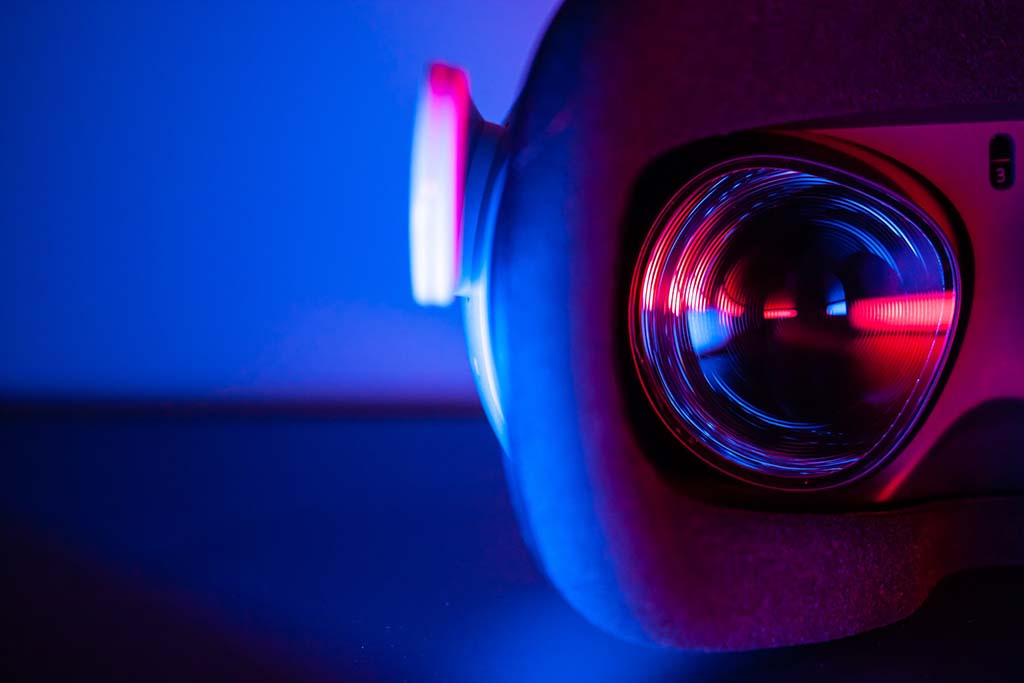
It is not the customary view, but the world may be seen as three spheres that vie with each other: one turns around the US (this includes Europe and others); another turns around China; and a third turns around all things digital, control and dominion of which are subject to a major tussle, both from within –large corporations versus political power, even in China– and from without in the major rivalry between the great superpowers or civilisations. In other words, there are two physical spheres or worlds, made up of atoms and geography (including outer space) plus a virtual one, although, to paraphrase Hegel, the virtual does not cancel out the real. It is a viewpoint that is gaining support and advocated by, for example, the Center for the Study of Digital Life (CSDL), led by the tech guru Mark Stahlman.
The civilisations being referred to are the West, the East and the digital sphere, which, in part, is an extension of ourselves, although it is expanding ever further. The Spanish mathematician and philosopher Javier Echeverría referred some time ago to the ‘third environment’, which is related to this idea (although the other two environments were nature and our bodies). According to Stahlman we are not ‘citizens of the world’ so much as inhabitants of spheres that are in potential conflict, all three with global scope. This is something utterly new in the history of humanity, because the various civilisations will not only have to confront each other but also a sphere, the digital sphere, that has penetrated the others.
These spheres are not immune to reciprocal influence. They are and will remain interdependent, certainly in economic and financial terms, witness the crises that have beset the Chinese real-estate giant Evergrande and natural gas, with fallout worldwide. The competition between the two physical spheres pursues a logic that in part is mistakenly military, as is evident with the AUKUS partnership aimed at furnishing Australia with nuclear-powered submarines and in cybersecurity, artificial intelligence and quantum communication, which bolsters cooperation between the three English-speaking allies (an English-speaking sub-sphere?). Openly military cooperation need not predominate, however, as has become clear with the recent meeting of the Quad countries involving the US, Japan, Australia and India, another manifestation of a sub-sphere.
The third sphere, the digital one (which may extend to other fields, for example biology with genetic engineering switching from large corporations to private garages) is not so much liquid as gaseous. At its core we are witnessing the birth of a so-called Metaverse, in which almost all of us are going to be involved and may come to concern almost all things human. Metaverse (‘meta-universe’) is an expression that has found currency in Silicon Valley. It has been around for some time, having been coined in 1992 (before the explosion of the Internet and the mobiles connected to it) by Neal Stephenson in his sci-fi novel Snow Crash. It refers to a confluence or convergence between physical reality, virtual reality and augmented reality, all sprinkled with artificial intelligence. Virtual reality is the one that is created in the digital world only, like the Fortnite video game, with its global scope. Augmented reality consists of adding digital elements to physical reality, though viewed on a screen; examples include the global game of Pokémon and the use of headsets.
In 2020 Matthew Ball, a venture capitalist, pinpointed certain characteristics of the Metaverse. It has to embrace the physical and virtual worlds, to contain a fully functioning economy and to offer ‘unprecedented interoperability’: users must be able to take their avatars and assets from one part of the Metaverse to another, without it mattering who controls which particular part. Indeed, many large corporations –and not just big US tech companies but also the Japanese firm Sony, for example– are investing heavily in building this Metaverse. They must be on to something.
A big tech heavyweight such as Mark Zuckerberg, the Facebook founder who wanted to turn the world into a vast community under his social network, now sees the Metaverse as a universal alternative reality, a ‘Holy Grail of social interactions’, which he believes will become a reality by 2025. Possible futures for the Internet 2.0 are thus outlined, a convergence of physical, augmented and virtual reality in a shared online space. According to Zuckerberg, no single company will control the Metaverse; rather, it will be run by many in a decentralised way. Will those who run the other two spheres allow it?
The Metaverse is replete with technopeople, to borrow Echeverría’s terminology, technocompanies, technostates and even technoterrorism of a new order. The question is not only whether the Metaverse is controllable but whether it is governable, or whether we are heading towards a digital sphere that permeates everything but no political power is capable of dominating and where companies and multiple actors resist attempts to clip their wings. China is trying to do just this with a series of measures aimed at using political power to control the incipient Metaverse, from which it will not be immune. But not even the Chinese regime, with all its levers, can be sure it will not be overwhelmed by an anarchic Metaverse that is ungovernable by public powers, or, in a broader sense, by a lawless digital sphere.
Both geographical and cultural physical spheres, the East and the West, are heading towards a conflict that is not necessarily military, a new type of war quite distinct from classical war and the so-called Cold War between the West and the Soviet Union. At any event, without a profound knowledge of the impact of the third sphere on the other two, that of digital technology on those of civilisations –Eastern and Western– and without reciprocal knowledge between these civilisations (which are joined by smaller spheres of lesser autonomy such as the EU, India and Russia, to name just three) we will be incapable of navigating the future, warns Stahlman. In this respect the East knows the West much better than the other way round. And the Metaverse will know us all.


